Reading Time: 6 minutesFew fish offer such a unique combination of power, vibrant colors and aggressive behavior as Roosterfish. These predators feast on sardines and other bait fish, and grow to sizes in excess of 70 pounds. They’re lightning-fast, explosive, and often difficult to land. Don’t worry, though—stick with me and you’ll be ready to come out successful on your next roosterfishing adventure.
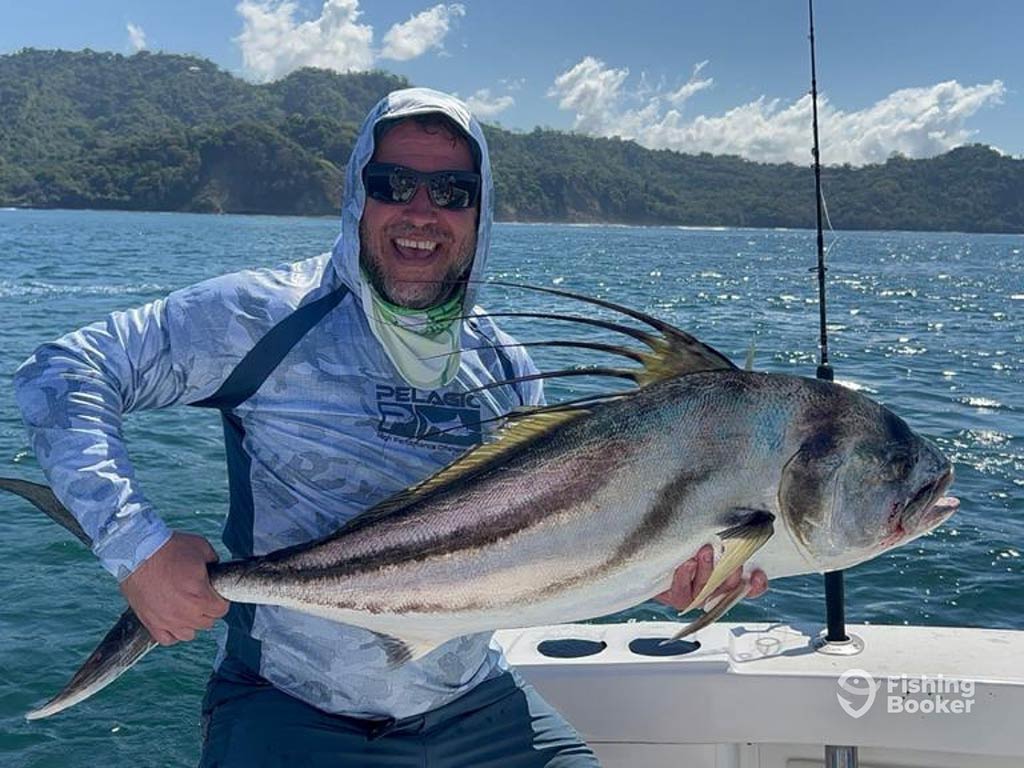
Photo courtesy of Bucket List SportfishingThe main allure of Roosterfish is inevitably their incredible looks. The unique comb for a dorsal fin is a major identifying feature. They have a beautiful shape that is easy to spot in and out of the water, and you have to travel from North America to find them. That being said, Roosterfish have a large range with opportunities to catch them from shore or nearshore on fly and conventional tackle.
That’s just a taste of what you’re about to learn. Read on to find out some of the best spots you can find these exotic fish, before gaining some tips on how to land one…
Range: Where to Find Roosterfish
You’ll find healthy numbers of Roosterfish—or Pez Gallo, as they’re called in Spanish—ranging from the Central Pacific Coast of Baja California all the way south into Colombia and Peru. They’re also prolific in Baja’s Sea of Cortez. While the range is extensive, the fish are more frequent in some areas than in others.
Below, I’ll list a few specific fisheries where you might encounter Roosterfish with some regularity. At times, they’ll be your main target species but they can also just appear when food is abundant and other species are on your menu. Regardless, you won’t be disappointed by the fast action and hard-hitting nature of these impressive saltwater game fish.
Baja California: The Sea of Cortez and Pacific
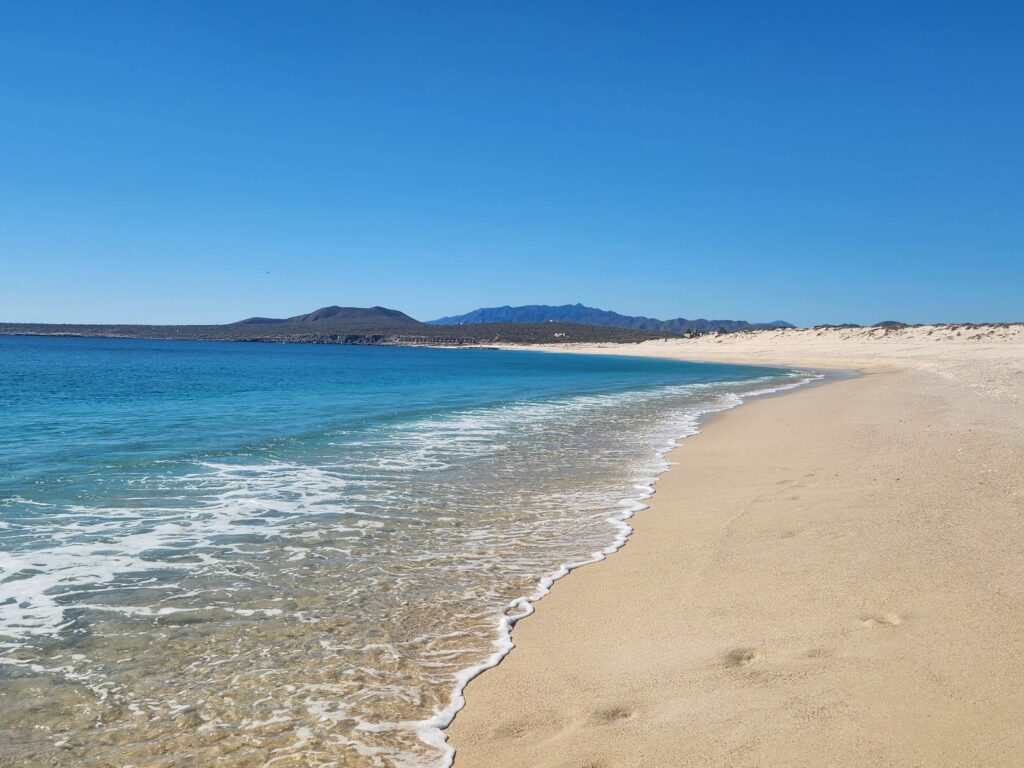
Photo courtesy of Zach LazzariFrom Magdalena Bay to the southern tip of Baja and up into the Sea of Cortez, there’s great roosterfishing action. In the Sea of Cortez specifically, fishing for this species diminishes as you move north of Loreto. While populations extend all the way to Mulege, they’re far less abundant in the northern reaches of the sea.
This region is unique in that you can target Roosterfish from shore. In fact, they sometimes swim right against the shoreline where they push bait fish into the sand. You’ll also find them around islands and areas with deeper structure in Baja.
Mexico’s Pacific Coast
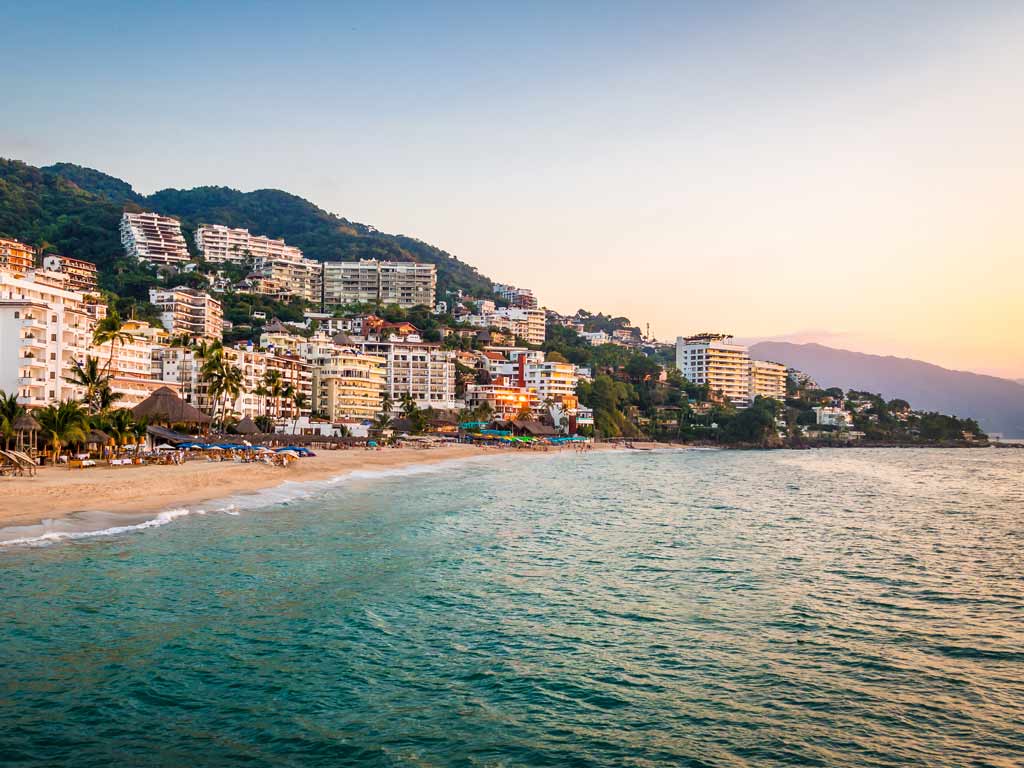
After the termination of the Baja Peninsula, the Roosterfish populations remain strong along the Pacific Coast of Mexico. Places like Puerto Vallarta and Sayulita are often unfairly overlooked, but they offer exceptional fishing. The fish are less available from shore so you’ll have better odds with an experienced guide or boat captain.
Central America to Costa Rica
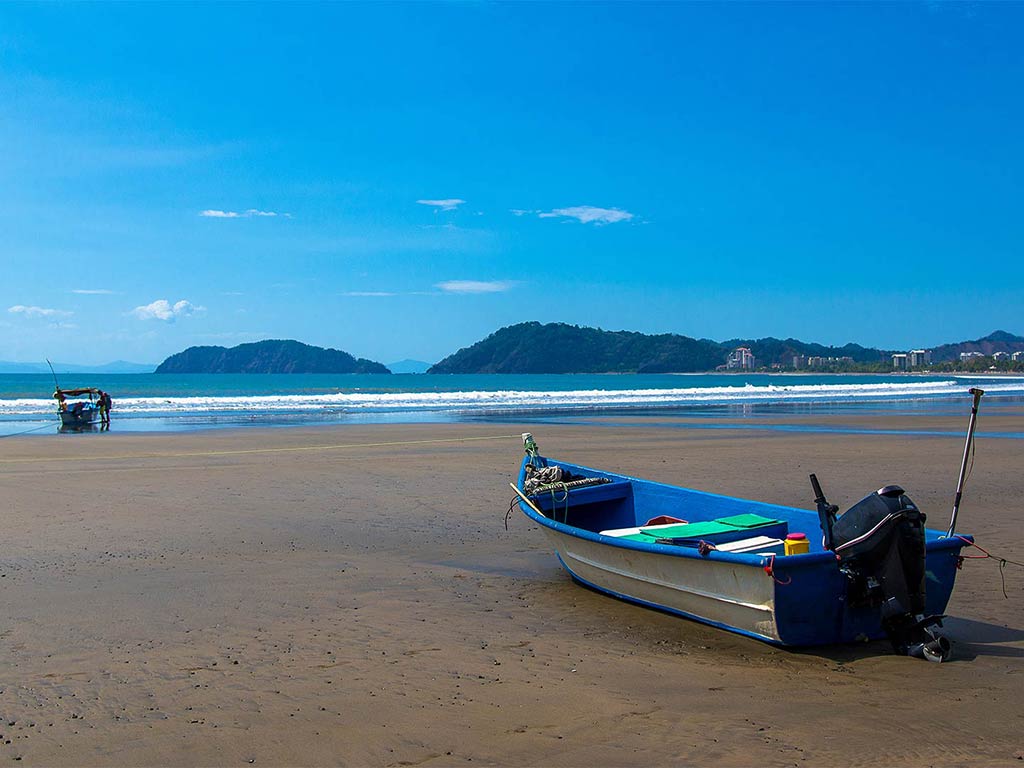
Healthy populations continue through Guatemala and El Salvador but Sailfish tend to dominate the conversation in these Central American countries. The Pacific coast of Nicaragua also has potential but it’s more common to find large Snook, Jack Crevalle, and a number of other species between the surf camps of this coastline.
As you come closer to the Costa Rica border, however, the roosterfishing opportunities see a major uptick with some monster fish being recorded each year. Costa Rica has wild coastlines and incredible structures that breed big fish. Much of the territory is remote with far-off places like the Osa Peninsula that aren’t super easy to access but the effort comes with big payoffs.
Despite the above, there are still plenty of good numbers near some more popular resorts and larger towns. Check out Los Sueños and Quepos for exciting action without having to sacrifice on comfort.
Panama
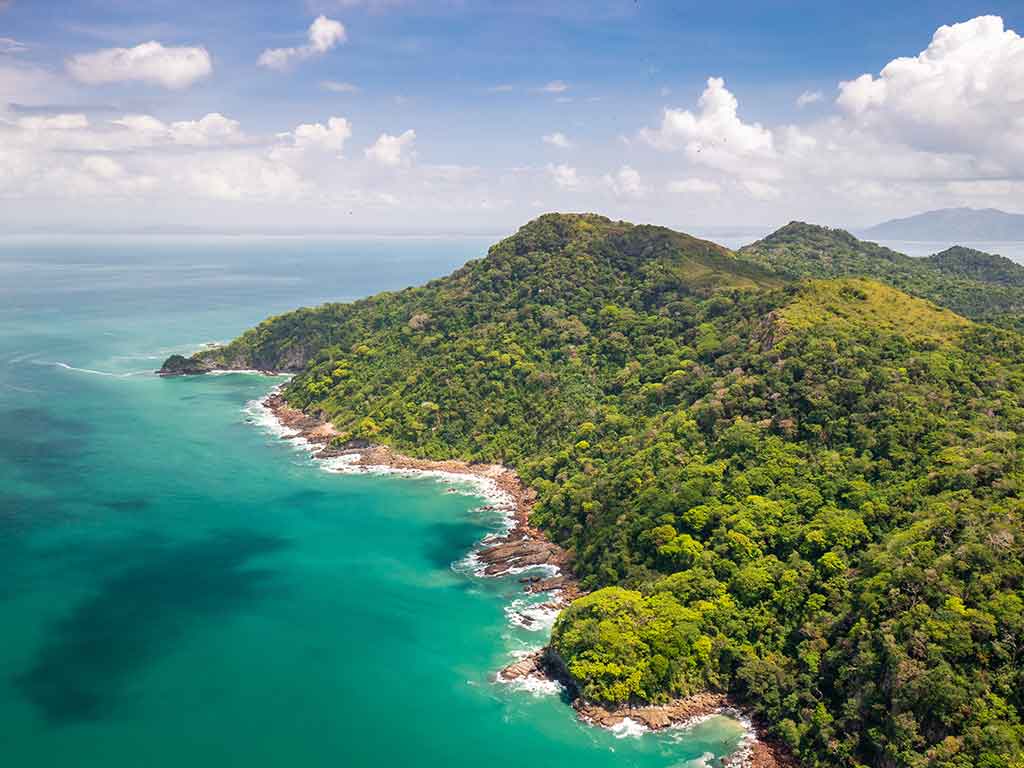
Another option for really big Roosterfish is the wild Pacific coast of Panama. The offshore fishing in this country is spectacular for Marlin, Tuna, and Sailfish but it’s the inshore options for big Roosterfish and Dorado (Mahi Mahi) that surprise many first-time visitors. It’s a game of teasers and chum to bring them within casting range near the surface, but there’s a good chance you might top 70-80 pounds in these fisheries.
Colombia
The Pacific coastline of Colombia is very remote and only a few sportfishing operations access the area. As such, it’s full of potential but nearly impossible to reach. If you book with the few lodges in this region, you just might encounter some virgin Roosterfish waters. It’s also a paradise for offshore pelagic species as well. Who knows? Maybe you’ll help kickstart the recreational fishing industry!
Understanding Roosterfish Behavior and Habitat
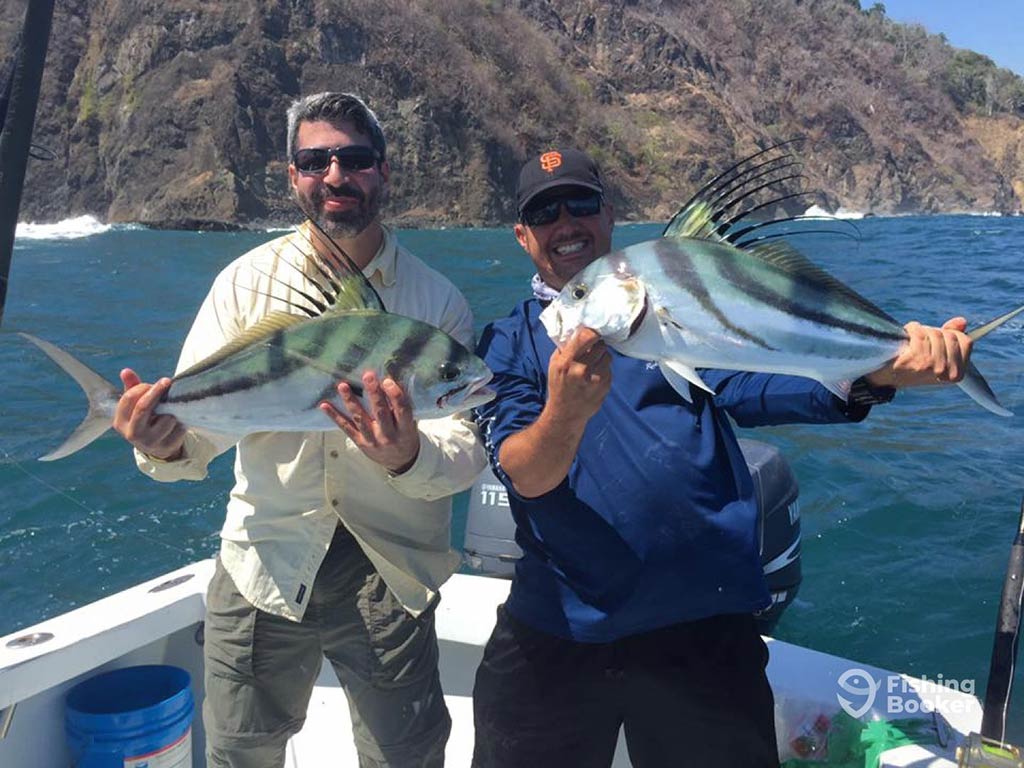
Photo courtesy of Snook SportfishingRoosterfish prefer tropical water temperatures in excess of 70ºF. Their range is reflective of such habitats, preferring waters between 70 and 85 degrees. I’ve found them to be very active right around 75 degrees, personally. However, the larger specimens seem to tolerate slightly colder water better as well.
In terms of habitat, look for structure that drops into deep water quickly. Structure holds food and Roosters will hang down deep until they’re ready to ambush. When bait fish are abundant, they’re more prone to feeding higher in the water column. This is when you find them pushing bait along shorelines in Baja. I’ve also seen them hunting the surf in Costa Rica.
Tips for Roosterfish on the Fly
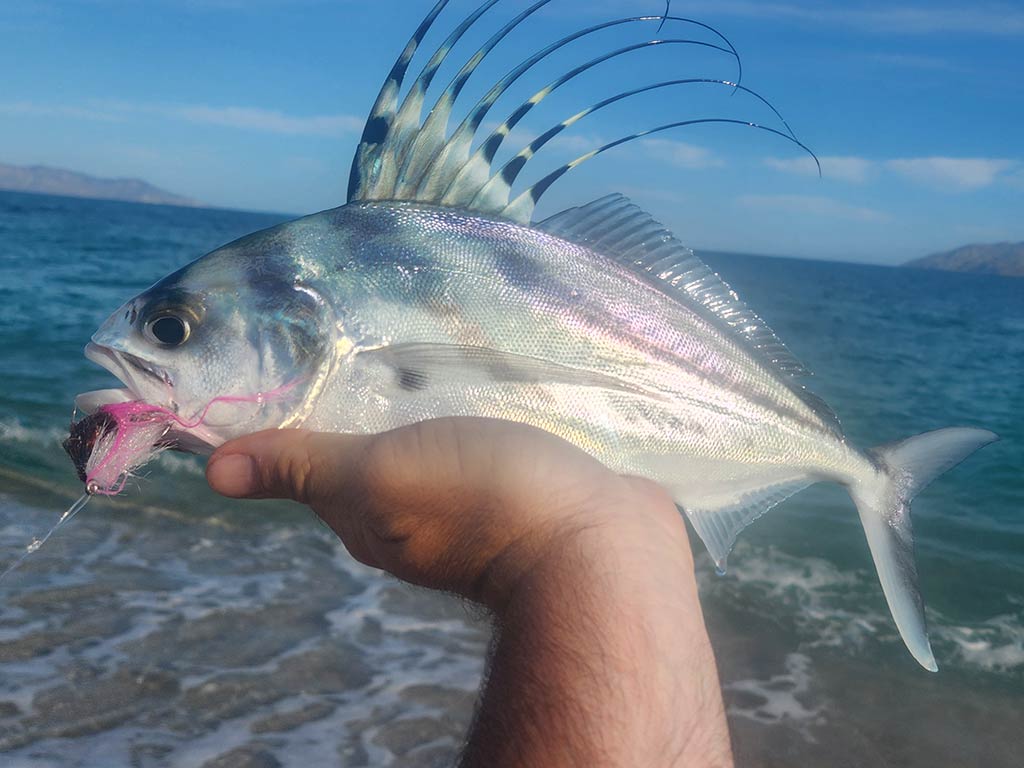
Photo courtesy of Zach LazzariFly anglers are particularly attracted to Roosterfish and I think their selective nature has something to do with this. They’ll chase down a fly only to take a closer look and quickly reject the presentation! For this reason, it’s really important to pay attention to food availability.
On my last run through Baja, the Roosters and Dorado were really active for half-beaks. They’re small, shiny, and don’t reflect the larger sardine patterns I was fishing. I dropped to a much smaller bait fish pattern and things turned around in a hurry.
Carry a range of bait fish patterns and spend your time walking beaches while scanning for busting bait and frigate birds. It’s always helpful to carry a surf rod with a teaser to bring fish within range.
When you’re not walking the beaches, take panga trips and use teasers or chum to bring fish to the surface. Many of the largest specimens are caught off islands with deep drops. It’s a very effective way to fish.
Tips for Conventional Gear Anglers
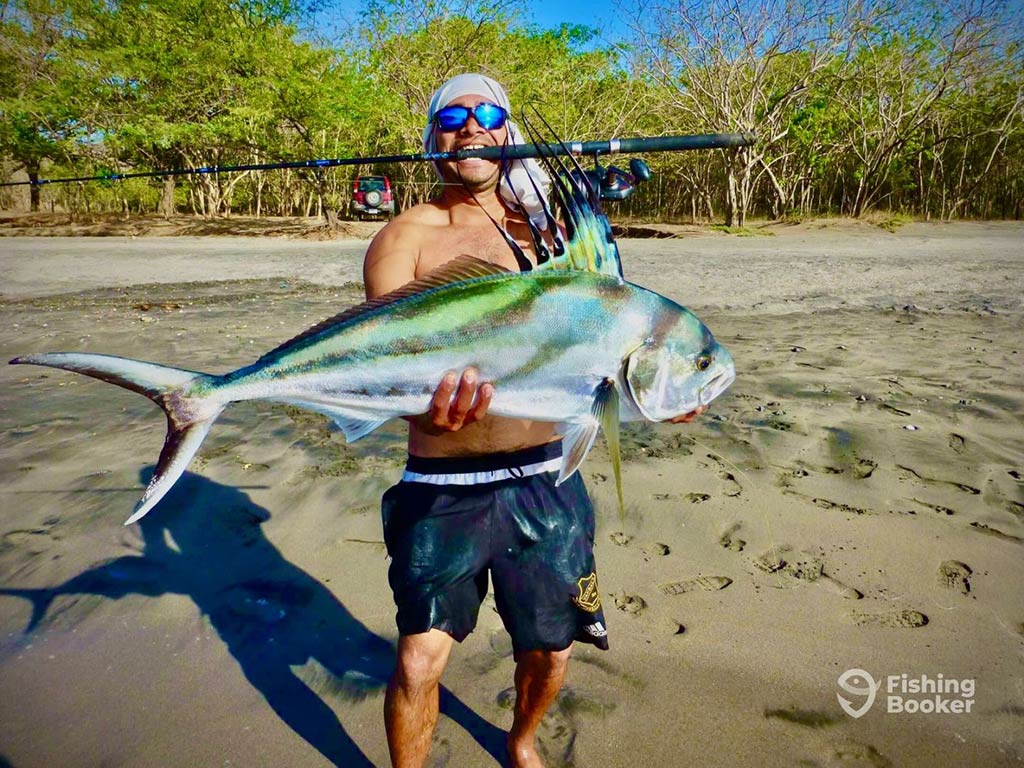
Photo courtesy of Maryola ToursYou can do really well with fishing topwater or subsurface lures for Roosterfish. Fishing teasers with a hook will get the job done. They also go for knife jigs, pencil poppers, jigs, and various lures that you can troll behind a boat.
As with fly fishing, you want to find bait balls. Look for the frigates and do your best to get close for a presentation. Trolling the deeper structure is a great way to generalize and you might pick up Roosters alongside a variety of other species.
Personally, I love fishing topwaters because the grab is super exciting. Seeing the wake and the explosion on your lure is a big rush, so don’t hesitate to fish on top when there are targets present. When the fishing is slower, go deep and use your chum to get things moving.
Where will you chase Roosterfish?
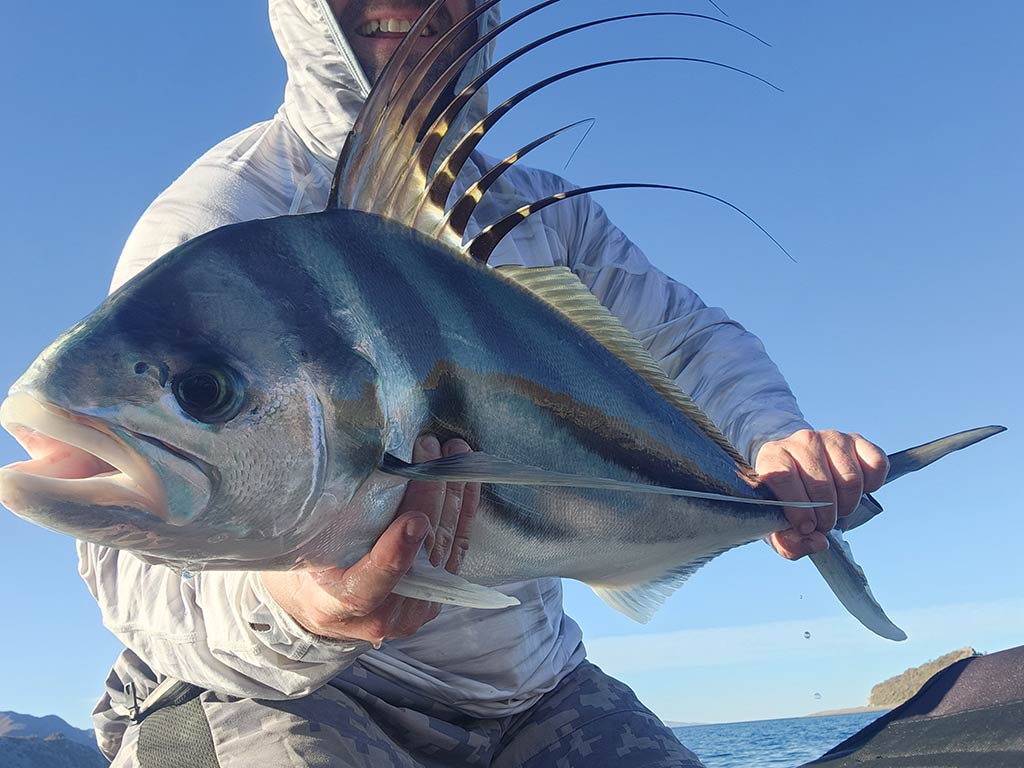
Photo courtesy of Zach LazzariThis is just the tip of the iceberg when it comes to roosterfishing. You can catch them on any number of your favorite lures or flies. Finding the right conditions is the challenge when it comes to having consistent action. That said, they show up at random throughout their range! It’s time for you to get out there and try for yourself.
Are you a Roosterfish fanatic? Maybe you need some tips to find that hotspot? We’d love to hear from you in the comments below!
The post Roosterfishing: An Angler’s Guide for 2024 appeared first on FishingBooker Blog.
https://fishingbooker.com/blog/roosterfishing-an-anglers-guide/
 CampingSurvivalistHuntingFishingExploringHikingPrivacy PolicyTerms And Conditions
CampingSurvivalistHuntingFishingExploringHikingPrivacy PolicyTerms And Conditions
